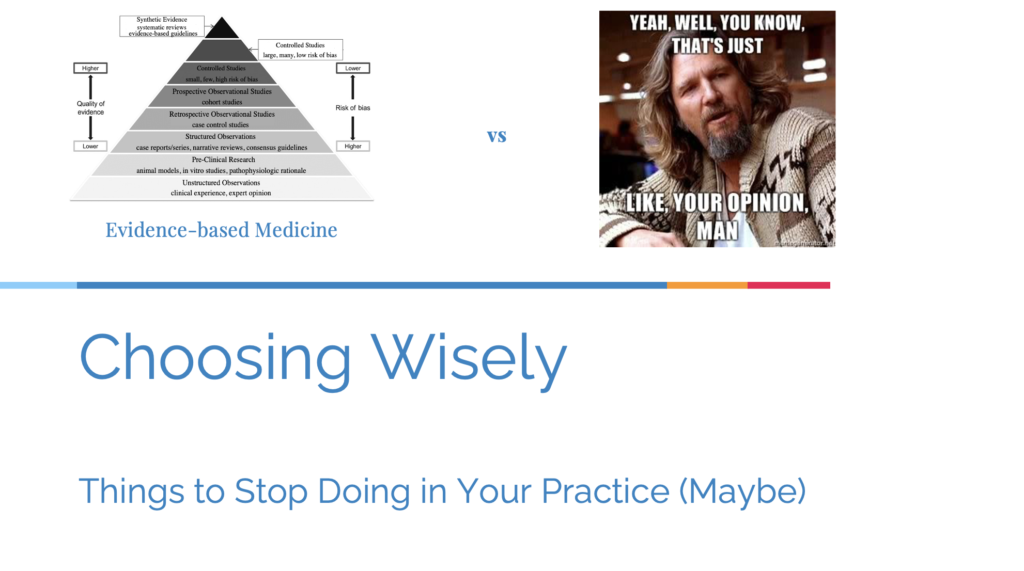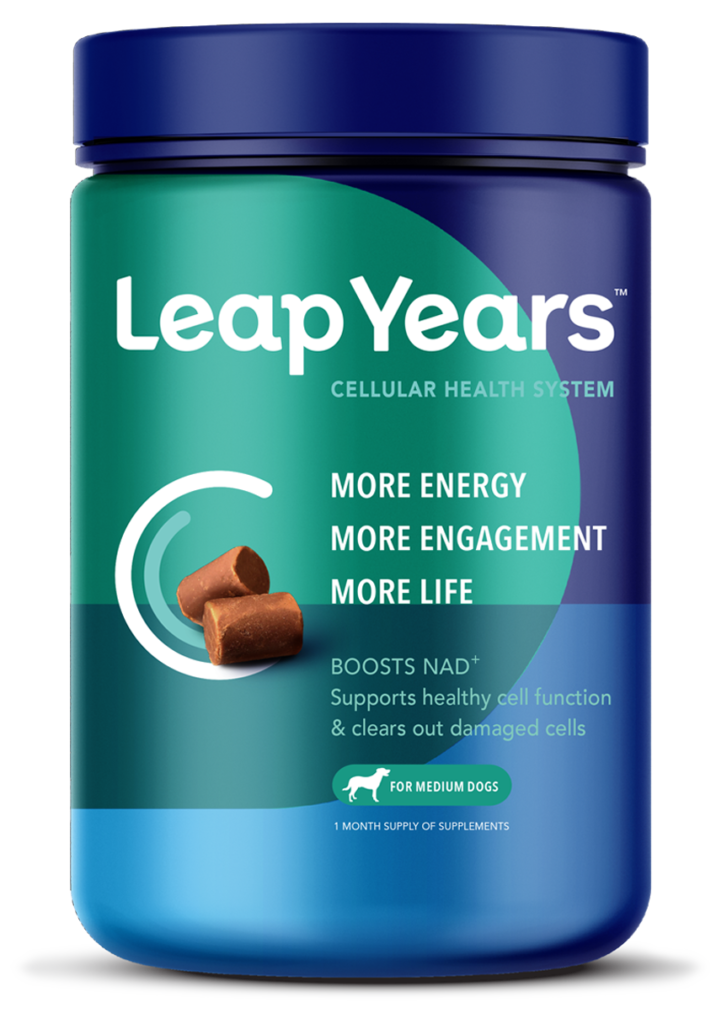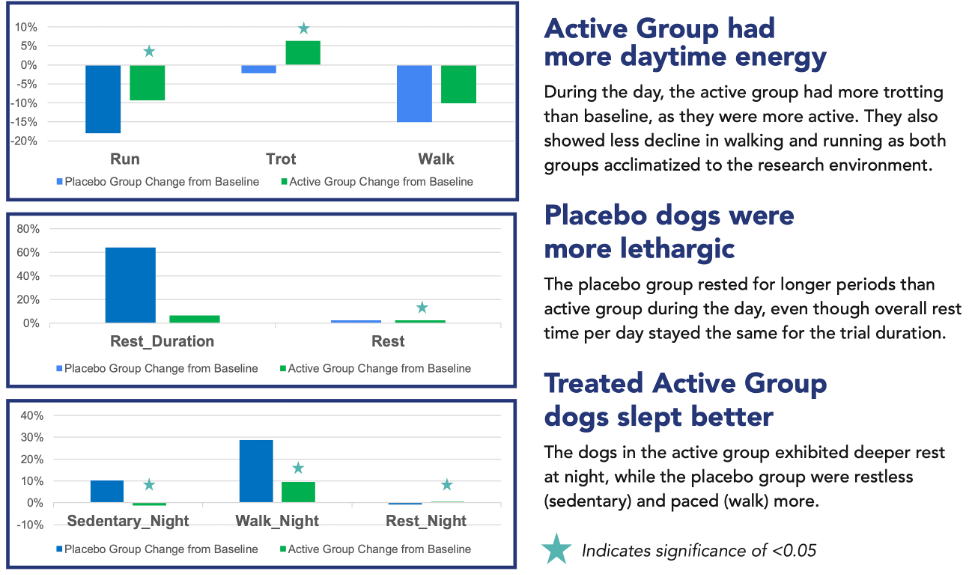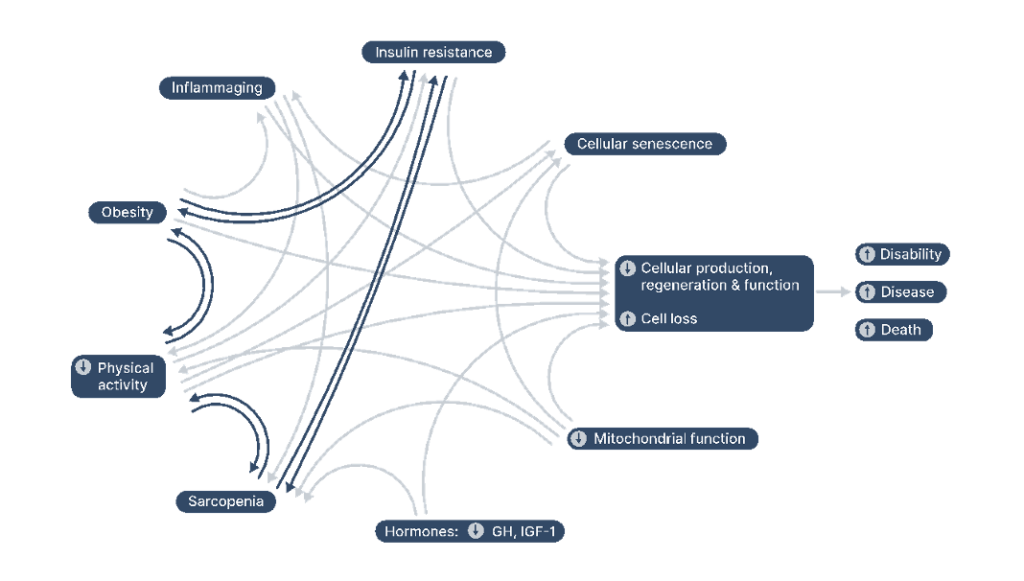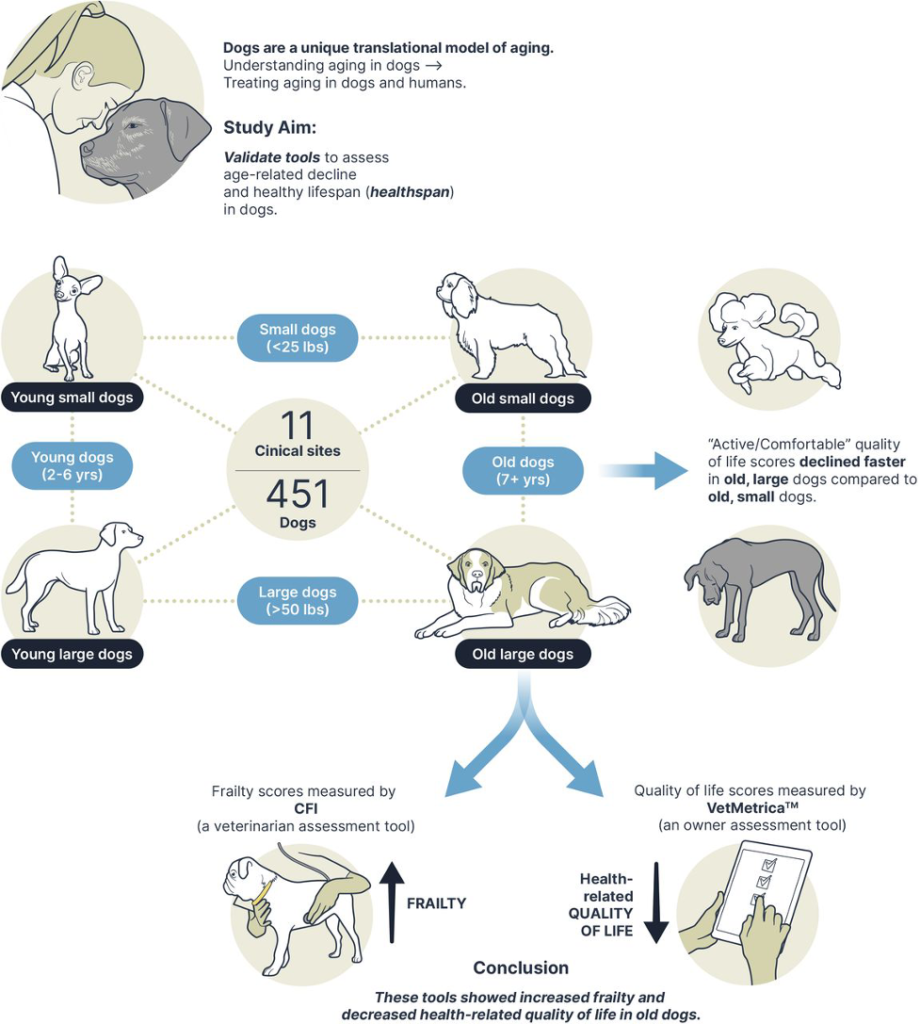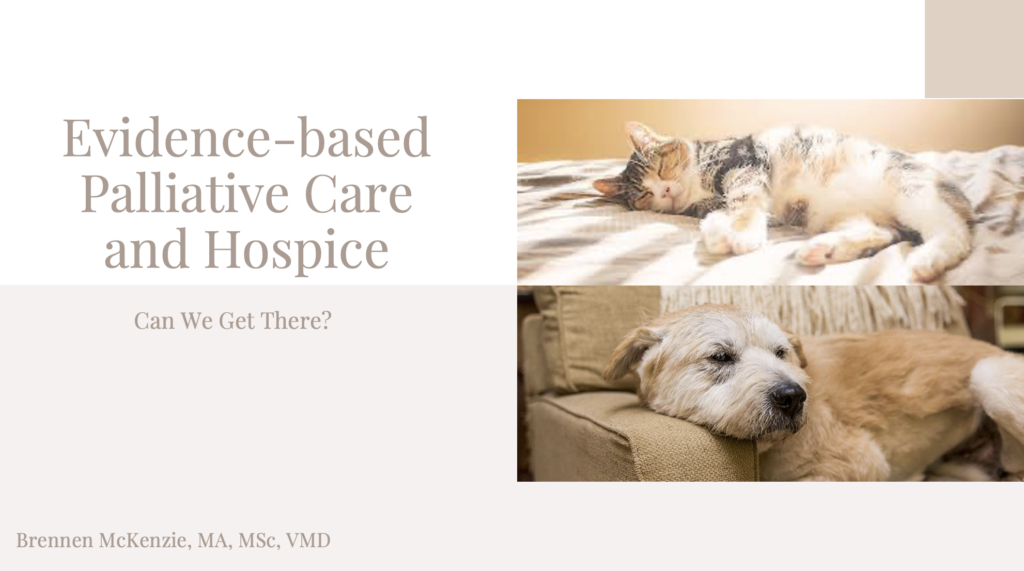
EVIDENCE-BASED MEDICINE
There are many characterizations of evidence-based medicine (EBM),1–3 but nearly all include the following core elements:
- Explicit integration of controlled research evidence into clinical decision-making
- Acknowledgement that some types of evidence are more reliable than others. This is frequently illustrated with hierarchical structures such as evidence pyramids, as in Figure 1.
- Recognition that evidence generated by controlled scientific research is generally superior to anecdotal evidence and uncontrolled experience or observation.
- A pragmatic acceptance that clinical decisions must be based on the best available evidence, regardless of the level, and should incorporate the judgement of the clinician and the goals and resources of key stakeholders (e.g. human patients or veterinary clients).

Figure 1. Hierarchy of evidence, from most available and least reliable at the bottom to most reliable and least available at the top.4
EBM is a powerful tool for improving patient care, reducing medical errors, compensating for cognitive biases and other sources of faulty decision-making, and meeting the ethical obligations of clinicians to provide the most effective possible treatment and to obtain true informed consent. The major limitations of EBM in veterinary medicine include the paucity of high-quality scientific evidence and a culture of reliance on anecdote and personal experience rather than controlled research evidence.
VETERINARY PALLIATIVE AND HOSPICE CARE
The clinical practice guidelines of the International Association of Animal Hospice and Palliative Care (IAAHPC) define palliative care as “relieving or soothing the symptoms of a disease or disorder at any stage of an illness.”5 The American Animal Hospital Association (AAHA) End of Life Guidelines define it as “treatment that supports or improves the quality of life (QOL) for patients and caregivers by relieving suffering.”6 The focus is symptomatic treatment to relieve suffering and improve quality of life, regardless of whether the cause of suffering is a terminal or curable condition. This is, or should be, an integral part of the ordinary practice of veterinary medicine, not relevant only to end of life care.
Hospice, on the other hand, is specific to patients with terminal or incurable conditions, and it is less straightforward to define. According to the AAHA guidelines, it is “philosophy or program of care that addresses the physical, emotional, and social needs of animals in the advanced stages of a progressive, life-limiting illness or disability.”6
The IAAHPC does not provide a single definition, instead discussing the origins and various elements of animal hospice and how it is similar and different from human hospice care. These discussions include the following key concepts:5
- Provide palliative care not only for the imminently dying, but also for patients for whom a cure is no longer possible and whose condition has become advanced, progressive, and incurable
- Give patients and caregivers control, dignity, and comfort during the time they have remaining to live
- Offer spiritual support to patients and accommodates beliefs about death and about afterlife as much as possible. It also provides spiritual and grief support for caregivers
- Including hospice-supported natural death as well as euthanasia.
EBM APPLIED TO PALLIATIVE AND HOSPICE CARE
Both the AAHA and IAAHPC guidelines, as well as most books and training materials for veterinary professionals dealing with hospice and palliative care, acknowledge the importance of EBM for these disciplines:
- AAHA-6
- Evidence-based support for specific recommendations has been cited whenever possible and appropriate
- Because each case is different, veterinarians must base their decisions and actions on the best available scientific evidence, in conjunction with their own expertise, knowledge, and experience.
- Evidence-based research to support this rapidly evolving field is also necessary.
- IAAHPC-5
- Applying insights and knowledge from bioethics will expedite the development of evidence-based best practices in these emerging fields.
- The fields of animal hospice and palliative care are still in the early stages of development and these Guidelines will require revision as evidence-based knowledge advances.
However, organizations and experts in this field also acknowledge that there is a deficiency in the evidence base for many of the practices commonly recommended and employed and that personal experience and extrapolation from human medicine or basic science, both examples of very low-level evidence, form the support for many of the day-to-day interventions and techniques used. This is, of course, also true in most other disciplines within veterinary medicine.
The lack of strong evidence supporting the effectiveness of many practices in hospice and palliative care diminishes the quality of patient care. The history of human and veterinary medicine is rife with ineffective and even actively harmful treatments that were believed to be safe and effective and were widely used for long periods of time before scientific study demonstrated their deficiencies. From bloodletting and homeopathy to thalidomide and internal mammary artery ligation, therapies supported by personal experience and low-quality evidence have been failing patients for thousands of years.7,8
Perhaps a greater challenge to more evidence-based palliative and hospice care than the current lack of high-level evidence is the centrality of philosophical, ethical, and spiritual considerations in these fields. In human hospice, the goals of a hospice program, and the success of hospice and palliative care in any individual case, are inherently intertwined with the beliefs and values of the humans involved. This is an explicit feature of human hospice, where the spiritual beliefs of the human patient and family members are key drivers of the hospice plan for an individual.
Central tenets of the human hospice movement are predicated on contemporary cultural and religious beliefs. For example, a common guiding principle is that hospice care should never hasten death,9 and this is largely a response to general societal views about the sanctity of life and prohibitions on euthanasia, which are rooted in religious and spiritual belief systems.
The animal hospice movement recognizes that veterinary professionals operate in a different context. Our patients cannot express philosophical or spiritual beliefs, and it is debatable whether they are capable of entertaining such beliefs or whether non-human animal cognition encompasses concepts such as the meaning of life or the existence of an “afterlife” of some sort. Euthanasia is also universally legal and widely considered an appropriate choice for animals with impaired quality of life or incurable disease, which provides a very different possible endpoint for hospice care than is usually available for humans.5,6
However, the feelings and belief systems of our patients’ human caregivers are certainly relevant to the formulation and implementation of palliative and hospice care. Philosophical and emotional motivations for choosing natural death rather than euthanasia are likely a significant reason for seeking animal hospice care. The acceptance or rejection of specific treatments is also often informed by such beliefs, which sets limits on the options available to the veterinary team.
EBM is not readily applicable to most religious or ethical issues. When or whether it is acceptable to euthanize an individual animal or permit a natural death, for example, is not a question scientific evidence is well-suited to settle. And while scientific evidence is useful to inform our understanding of how animals experience pain and other forms of physical suffering, it cannot clearly answer existential questions about what meaning life may have to our patients or whether spiritual considerations are relevant to them. The complex ethical balancing of the interests of the patient as understood by the veterinary team and the understanding and interests of the patient’s human family relies more on the domains of ethics and philosophy than on medical scientific research.
Ethical and philosophical issues are relative to one’s particular world view, and this will vary significantly between groups and individuals. Because the community of veterinary professionals actively working in hospice and palliative care is relatively small, the practices and guidelines within the field are heavily influenced by the beliefs and perspectives of a limited number of individuals. This may make the principles and practices of the discipline less compatible with other points of view and could discourage some veterinary professionals or animal owners from providing or seeking palliative and hospice care or taking full advantage of its benefits. As the field grows, a broader range of perspectives may have a beneficial effect on the core principles and common practice.
There are, of course, many aspects of palliative and hospice care to which EBM can and should apply. The safety and efficacy of individual therapies, the most effective way to measure pain and other forms of physical discomfort and to assess the impact of therapies on these, and other important elements of effective palliative and hospice care do depend on accurate knowledge of the kind most effectively generated by controlled scientific research. While there are unique issues in hospice care that influence how we study such questions, there is no doubt that providing effective care requires that the veterinary team and the patients’ caregivers have an accurate understanding of the diseases, symptoms, and treatments involved.
One area that reflects the influence of belief systems and personal experience and the lack of strong EBM standards is the incorporation of so-called complementary and alternative therapies in hospice care. Despite the lack of high-quality evidence for the safety and efficacy of most of these interventions, and strong negative evidence against some, they are widely utilized in both human and animal hospice. Though not mentioned directly in the AAHA guidelines, such alternative practices are explicitly endorsed in the IAAHPC guidelines.5,6
The culture of alternative medicine emphasizes the primacy of personal experience over empirical scientific evidence in evaluating medical treatments, and the role of spiritual considerations in healthcare is often seen as critical.10 These views are also part of the culture of end-of-life care in both human and animal hospice. The training materials for the AAHA certification program in palliative and hospice care explicitly endorse therapies with questionable supporting evidence (e.g. herbal remedies and acupuncture) and those which are clearly only placebos (e.g. homeopathy and “energy” therapies) alongside science-based medical practices. This acceptance of dubious medical practices is likely encouraged by several features of the animal hospice culture and context:
- The limited scientific evidence available to assess many common practices
- The practical and ethical challenges of conducting high-quality research in patients with terminal conditions
- The misperception that the risk of using therapies with inadequate evidence for safety and efficacy are lower in patients with terminal conditions than in patients we hope to cure
- The influence of the personal beliefs and experiences of the relatively small number of individuals involved in developing and promoting animal hospice
- The culture of the hospice movement, which emphasizes the primacy of individual experiences and beliefs and the centrality of spiritual considerations
TOWARDS MORE EVIDENCE-BASED PALLIATIVE AND HOSPICE CARE
High-quality palliative and hospice care for veterinary patients is a critical part of a holistic approach to maximizing animal welfare throughout all life stages. The more evidence-based our treatments and practices are, the more confident we can be that these truly benefit our patients. While scientific research may not always be useful in informing all aspects of end-of-life care, such as supporting the spiritual needs of our clients, it is crucial to ensuring that we understand and meet the physical and behavioral needs of patients. Veterinary professionals and animal owners, like all humans, are easily misled by cognitive biases and placebo effects into inaccurate understandings of nature and the impact of our actions, and EBM can help us avoid such errors and provide the best possible care.11
Steps towards making animal hospice and palliative care more evidence based may include:
- Continued recognition of the need for more and better-quality evidence to support palliative and hospice care practices
- Improved understanding of the strengths and limitations of different types of evidence and the need to proportion our confidence in specific interventions or beliefs to the strength of the available evidence
- Creativity and persistence in the generation of reliable scientific research evidence within the limitations of the palliative and hospice care context
- Inclusion of a greater variety of perspectives and world views in establishing guidelines and training for hospice providers to maximize the value of these resources for the broadest possible population of veterinary professionals and animal caregivers
- Willingness to change and abandon specific practices based on the best available evidence
REFERENCES
1. Sackett DL, Rosenberg WM, Gray JA, Haynes RB, Richardson WS. Evidence based medicine: what it is and what it isn’t. BMJ. 1996;312(7023):71-72. Accessed October 23, 2014. http://www.pubmedcentral.nih.gov/articlerender.fcgi?artid=2349778&tool=pmcentrez&rendertype=abstract
2. Mckenzie B. Evidence-based veterinary medicine: What is it and why does it matter? Equine Vet Educ. 2014;26(9). doi:10.1111/eve.12216
3. Cockroft P, Holmes M. Handbook of Evidence-Based Veterinary Medicine. (Cockcroft PD, Holmes MA, eds.). Blackwell Publishing Ltd; 2003. doi:10.1002/9780470690833
4. McKenzie B. Evidence-based Veterinary Medicine and Personal Bias. In: Ackerman L, ed. Pet-Specific Care for the Veterinary Team. John Wiley & Sons, Inc; 2021:39-42.
5. Shanan, A. August, K. Cooney, K. Hendrix, L. Mader, B. Pierce J. Animal Hospice and Palliative Care Guidelines.; 2009.
6. Bishop G, Cooney K, Cox S, et al. 2016 AAHA/IAAHPC End-of-Life Care Guidelines. J Am Anim Hosp Assoc. 2016;52(6):341-356. doi:10.5326/JAAHA-MS-6637)
7. McKenzie B. Placebos for Pets: The Truth About Alternative Medicine for Animals. Ockham Publishing; 2019.
8. Herrera-Perez D, Haslam A, Crain T, et al. A comprehensive review of randomized clinical trials in three medical journals reveals 396 medical reversals. Elife. 2019;8. doi:10.7554/eLife.45183
9. Finlay I. End-of-life care means exactly what it says: palliative care is about care at the end of life, not about ending life. Futur Healthc J. 2018;5(1):35. doi:10.7861/FUTUREHOSP.5-1-35
10. McKenzie BA. Is complementary and alternative medicine compatible with evidence-based medicine? J Am Vet Med Assoc. 2012;241(4). doi:10.2460/javma.241.4.421
11. McKenzie BA. Veterinary clinical decision-making: cognitive biases, external constraints, and strategies for improvement. J Am Vet Med Assoc. 2014;244(3):271-276. doi:10.2460/javma.244.3.271

